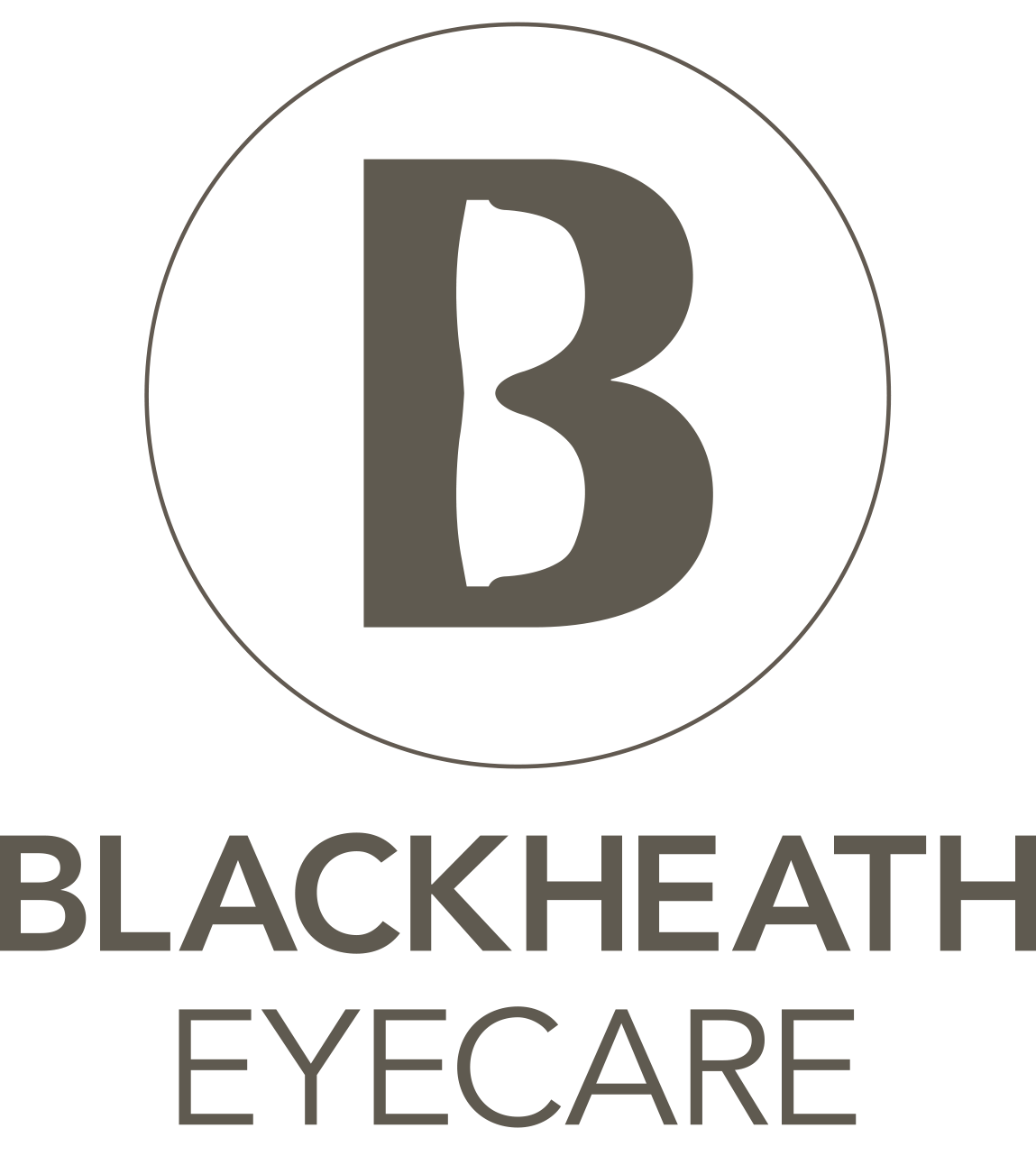Optical Coherence Tomography (OCT)
The human eye is one of the our primary sensory organs. And like other organs, it is prone to medical conditions; these conditions may go unnoticed for long periods in some cases.
An OCT scan is the latest technology available for imaging the human eye.
This state-of-the-art equipment is similar to ultrasound, but uses light waves instead of sound waves. It not only shows the surface of the eye, but produces 3-D, cross-sectional images of the inside structures, similar to an MRI or CT scan.
This technique can produce images of high resolution, relatively quickly, that gives your optometrist more information regarding the health of your eyes. The OCT scan is non-invasive, quick and painless. The Optometrist does not need to touch your eye. You will be asked to look at a target for a few seconds and – after a bright camera flash – the scan is over.
Because the scan images the layers underneath the retina, it can be used to identify certain eye conditions BEFORE they are visible using routine eye exam techniques (like slit-lamp biomicroscopy and even digital retinal photography). Often, features of eye conditions might be identified by OCT before the patient has experienced any symptoms, resulting in earlier and more appropriate referrals to the eye specialist and better outcomes.
For a number of years OCT has been used by hospital Ophthalmology departments for the early diagnosis and management of serious eye disease. The use of OCT technology has changed the level of diagnostic information available to the optometrist, the technique has revolutionised the diagnosis and treatment of many eye conditions, such as diabetic retinopathy, macula disease and glaucoma. For a patient with a progressive, treatable eye condition, the earlier the diagnosis, the better the outcome.
Retina has tissues that have specific measures. The OCT technology helps in the comparative analysis using the 3D images obtained from the eye on examination. The images captured from the OCT helps in detecting any abnormalities in the retina by comparing them with the accurate medical measurement of a standard retina.
From these results, it’s possible to objectively examine which condition is present on the retina. From the examination, an optometrist can weigh options available for disease treatment.
The OCT technology is advantageous due to the ability of early identification of diabetic retinopathy and the other similar conditions. They are progressive on other eye tissues. The conventional examination methods may not be suited for conditions develop beneath the surface of the retina without outward symptoms to alert optometrist.
OTC can detect a wide range of common eye conditions such as glaucoma and the recurrent macular degeneration. It is correct to refer the technology as a comprehensive eye scan and therefore cost effective in the end.
All patients could benefit from the peace of mind of knowing that the deeper layers of the eye have been checked by their Optometrist. An OCT scan would be particularly recommended for any patient with diabetes; high intra-ocular pressures; visual distortion, or with a family history of macula disease or glaucoma.
For more information about OCT please contact us or book your advanced eye appointment today.



